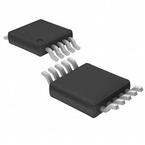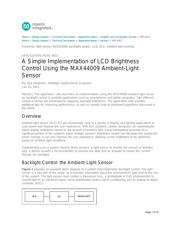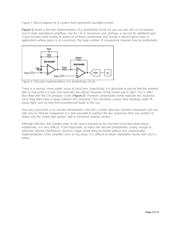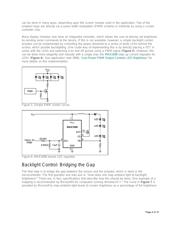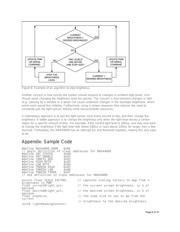下载

Maxim > Design Support > Technical Documents > Application Notes > Amplifier and Comparator Circuits > APP 4913
Maxim > Design Support > Technical Documents > Application Notes > Sensors > APP 4913
Keywords: light sensor, MAXQ2000, backlight, power, LCD, ALS, ambient light sensing
APPLICATION NOTE 4913
A Simple Implementation of LCD Brightness
Control Using the MAX44009 Ambient-Light
Sensor
By: Ilya Veygman, Strategic Applications Engineer
Jan 21, 2011
Abstract: This application note describes an implementation using the MAX44009 ambient-light sensor
for backlight control in portable applications such as smartphones and tablet computers. Two different
control schemes are presented for adjusting backlight brightness. The application note provides
additional tips for improving performance, as well as sample code to implement algorithms discussed in
the article.
Overview
Ambient-light sensor (ALS) ICs are increasingly used in a variety of display and lighting applications to
save power and improve the user experience. With ALS solutions, system designers can automatically
adjust display brightness based on the amount of ambient light. Since backlighting accounts for a
significant portion of the system's power budget, dynamic brightness control can translate into substantial
power savings. It can also improve the user experience, allowing screen brightness to be optimized
based on ambient-light conditions.
Implementing such a system requires three sections: a light sensor to monitor the amount of ambient
light, a device (usually a microcontroller) to process the data, and an actuator to control the current
through the backlight.
Backlight Control: the Ambient-Light Sensor
Figure 1 provides an example block diagram of a system that implements backlight control. The light
sensor is a key part of this setup, as it provides information about the environment's light level to the rest
of the system. The light sensor must contain a transducer (e.g., a photodiode or CdS photoresistor) to
convert light to an electrical signal, some amplification and/or signal conditioning, and an analog-to-digital
converter (ADC).
Page 1 of 10

